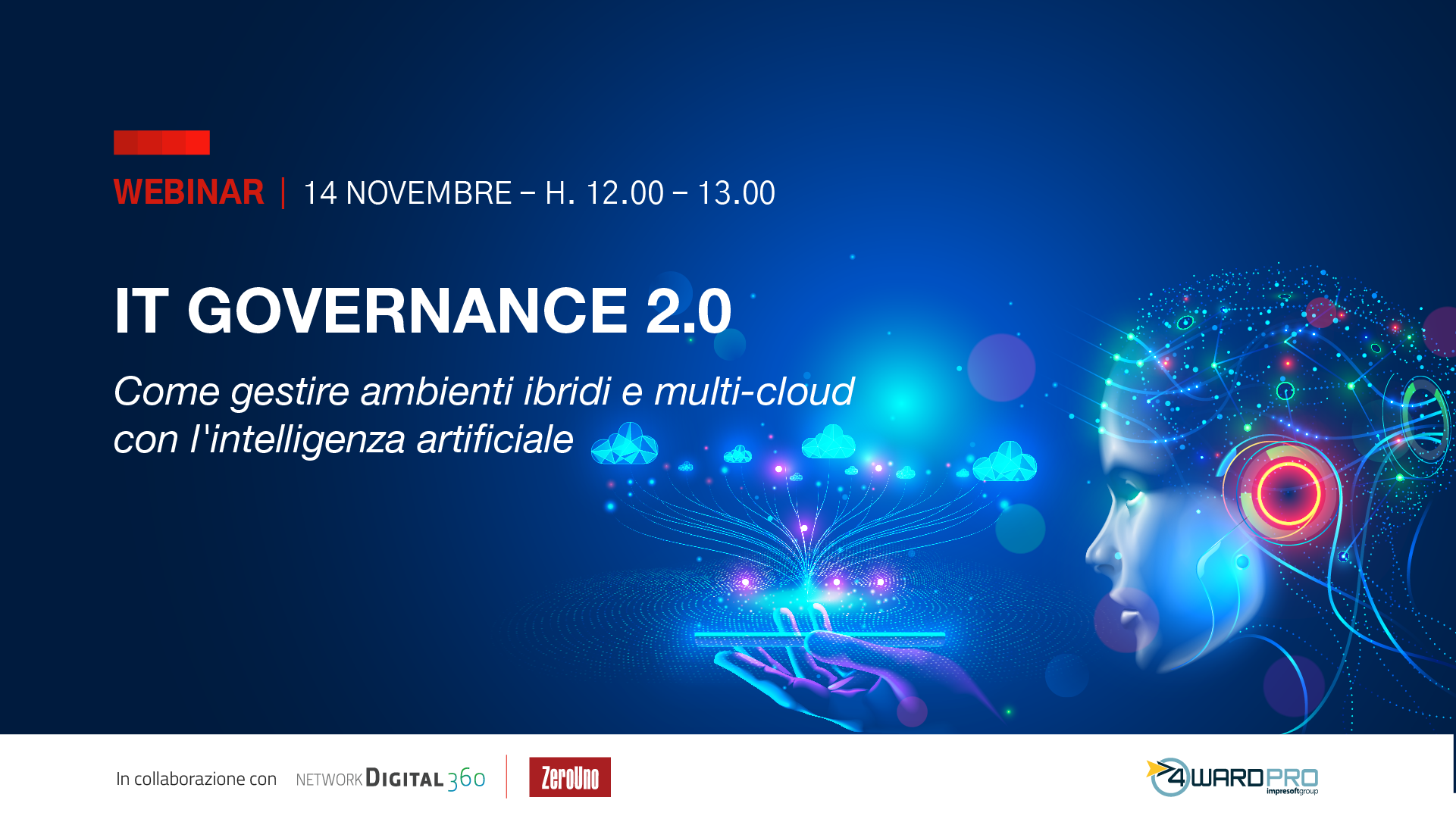Among the tools to understand how to move through a city, data from insurance “cockpit recording” are among the most valuable. The black box, very common in Italy, is a sensor to signal, not only the movements, but even whether there are potholes or bumpy roads, problems on the pavement, or whether a road is dangerous based on the number of accidents occurred. The sensor is currently underexploited in this respect.
It is one of the examples highlighting how the transition to full smart mobility is not that far: digital transformation has dramatically changed the transportation and mobility sectors, and this will increasingly happen in the age of the Internet of Things, where vehicles, smartphones, public lighting systems and other devices are connected so as to ‘talk’ and communicate valuable information.
Big Data and all the related collection and analysis technologies offer excellent opportunities to provide new and better services in the field of mobility, but a joint effort between operators and Public Administration is essential to seize these opportunities and make the overall mobility easier and up-to-date.
Further information on the subject by Andrea Cerino and Fabio Pressi by Infoblu (Telepass Group) on EconomyUp (in Italian)


